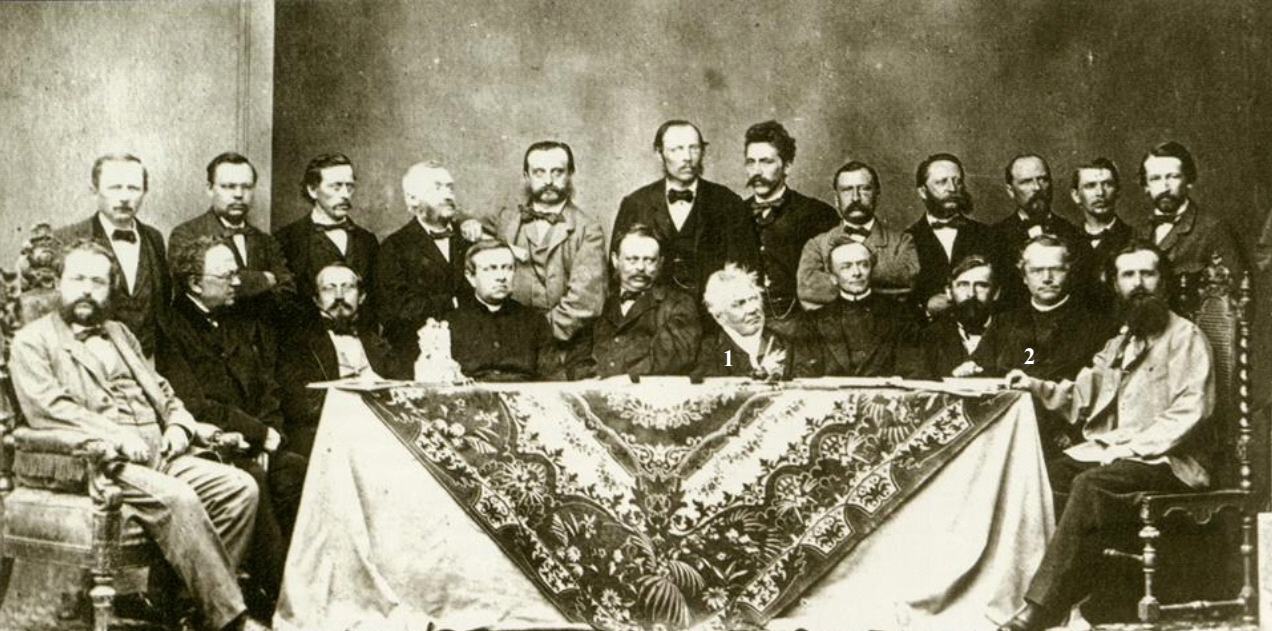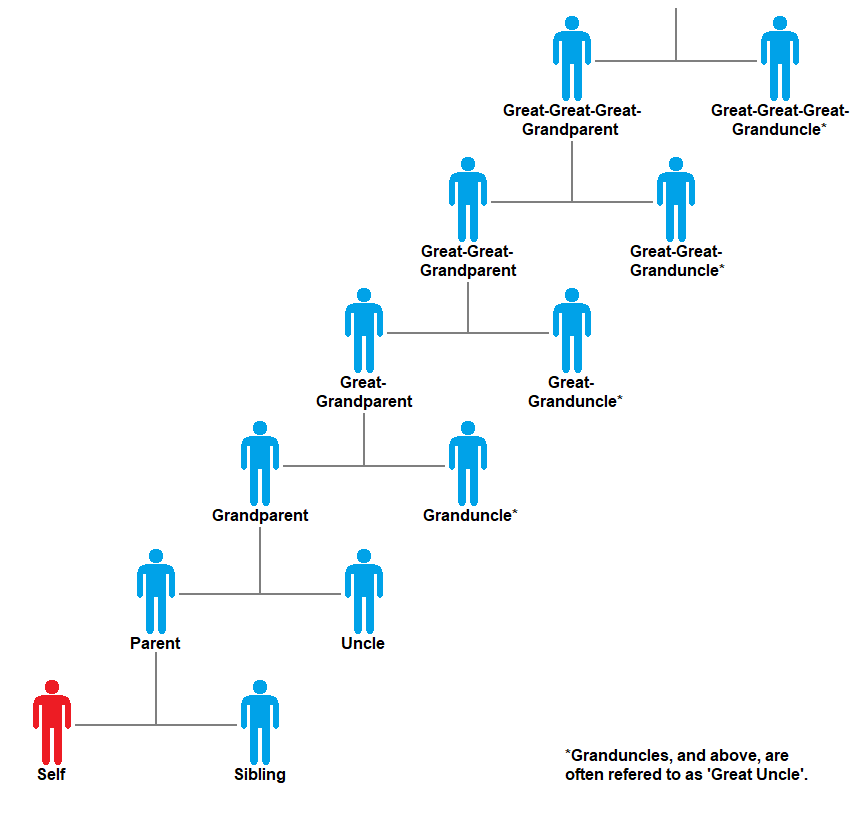|
Hynčice (Vražné)
Hynčice (, ) is a Silesian village, administratively part of Vražné municipality, located about 13 km west of Nový Jičín in Moravian-Silesian Region, Czech Republic. As of the 2021 census, the village reported a population of 197, marking a 15% decline from the 2001 census figure of 232. The name of the village is thought to derive from the given name Hynek (Heinz, in German). This village is renowned for being the birthplace of Gregor Mendel. History Hynčice was founded along the stream Vraženka (formerly known as Wrasni or Rossbach), which originates near the village of Veselí in Odry. The village's elevation is above sea level. In the early 16th century, the village was abandoned. It was recolonised later that century. During this time, the village went from being primarily populated by Czechs to being primarily populated by Germans. Between 1780 and 1788, the first (unofficial) private school was run in Hynčice by Anton Schwirtlich, who was Gregor Mendel ... [...More Info...] [...Related Items...] OR: [Wikipedia] [Google] [Baidu] |
Odry
Odry (; ) is a town in Nový Jičín District in the Moravian-Silesian Region of the Czech Republic. It has about 7,300 inhabitants. The historic town centre is well preserved and is protected as an Cultural monument (Czech Republic)#Monument zones, urban monument zone. Administrative division Odry consists of nine municipal parts (in brackets population according to the 2021 census): *Odry (5,209) *Dobešov (211) *Kamenka (155) *Klokočůvek (150) *Loučky (502) *Pohoř (188) *Tošovice (232) *Veselí (153) *Vítovka (209) Kamenka and Klokočůvek form an Enclave and exclave, exclave of the municipal territory. Etymology The name of Odry is derived from the river Oder. Geography Odry is located about northwest of Nový Jičín and southwest of Ostrava. It lies in the Nízký Jeseník range in the valley of the Oder River. The highest point is the hill Suchá at above sea level. A set of fishponds is situated in the southern part of the municipal territory. History A pred ... [...More Info...] [...Related Items...] OR: [Wikipedia] [Google] [Baidu] |
Czech Silesia
Czech Silesia (; ) is the part of the historical region of Silesia now in the Czech Republic. While it currently has no formal boundaries, in a narrow geographic sense, it encompasses most or all of the territory of the Czech Republic within the Oder River's drainage basin. Together with Bohemia and Moravia, it is one of the three historical Czech lands.Silesia lies in the north-east of the Czech Republic, predominantly in the Moravian-Silesian Region, with a section in the northern Olomouc Region. It is almost identical in extent with Austrian Silesia (also known as the Duchy of Upper and Lower Silesia), before 1918; between 1938 and 1945, part of the area was also known as Sudeten Silesia (; ; ). Geography Czech Silesia borders Moravia in the south, Poland (Polish Silesia) in the north (in the northwest the County of Kladsko, until 1742/48 an integral part of Bohemia) and Slovakia in the southeast. With the city of Ostrava roughly in its geographic centre, the area compris ... [...More Info...] [...Related Items...] OR: [Wikipedia] [Google] [Baidu] |
Vražné
Vražné () is a municipality and village in Nový Jičín District in the Moravian-Silesian Region of the Czech Republic. It has about 800 inhabitants. Administrative division Vražné consists of three municipal parts (in brackets population according to the 2021 census): *Vražné (548) *Emauzy (45) * Hynčice (197) Demographics Notable people *Gregor Mendel (1822–1884), Austrian biologist and founder of the modern science of genetics Genetics is the study of genes, genetic variation, and heredity in organisms.Hartl D, Jones E (2005) It is an important branch in biology because heredity is vital to organisms' evolution. Gregor Mendel, a Moravian Augustinians, Augustinian ... References External links * Villages in Nový Jičín District {{MoraviaSilesia-geo-stub ... [...More Info...] [...Related Items...] OR: [Wikipedia] [Google] [Baidu] |
Nový Jičín
Nový Jičín (; ) is a town in the Moravian-Silesian Region of the Czech Republic. It has about 23,000 inhabitants. The historic centre of Nový Jičín is well preserved and is protected as an Cultural monument (Czech Republic)#Monument reservations, urban monument reservation. Nový Jičín is known for the hatmaking industry and is nicknamed the "town of hats". Administrative division Nový Jičín consists of six municipal parts (in brackets population according to the 2021 census): *Nový Jičín (16,848) *Bludovice (391) *Kojetín (195) *Loučka (2,997) *Straník (489) *Žilina (1,736) Etymology There are two theories as to how the name "Jičín" came about. According to local legends, it could be derived from the brave daughter of a local castle owner named Jitka (''Jitčín'', later evolved to Jičín). Another theory derives the name from the Slavic word for 'wild boar' ''dik'' (''Dičín'', later amended to Jičín). The attribute ''Nový'' ('new') was added to disti ... [...More Info...] [...Related Items...] OR: [Wikipedia] [Google] [Baidu] |
Moravian-Silesian Region
The Moravian-Silesian Region () is one of the 14 administrative regions of the Czech Republic. Before May 2001, it was called the Ostrava Region (). The region is located in the north-eastern part of its historical region of Moravia and in most of the Czech Silesia, Czech part of the historical region of Silesia. The region borders the Olomouc Region to the west and the Zlín Region to the south. It also borders two other countries – Poland (Opole Voivodeship, Opole and Silesian Voivodeships) to the north and Slovakia (Žilina Region) to the east. It is a highly Industrialisation, industrialized region, its capital Ostrava was actually called the "Steel Heart of the Republic". In addition, it has several mountainous areas where the landscape is relatively preserved. Nowadays, the economy of the region benefits from its location in the Czech/Polish/Slovak borderlands. Administrative division Traditionally, the region has been divided into six districts () which still exist a ... [...More Info...] [...Related Items...] OR: [Wikipedia] [Google] [Baidu] |
Czech Republic
The Czech Republic, also known as Czechia, and historically known as Bohemia, is a landlocked country in Central Europe. The country is bordered by Austria to the south, Germany to the west, Poland to the northeast, and Slovakia to the southeast. The Czech Republic has a hilly landscape that covers an area of with a mostly temperate Humid continental climate, continental and oceanic climate. The capital and largest city is Prague; other major cities and urban areas include Brno, Ostrava, Plzeň and Liberec. The Duchy of Bohemia was founded in the late 9th century under Great Moravia. It was formally recognized as an Imperial Estate of the Holy Roman Empire in 1002 and became Kingdom of Bohemia, a kingdom in 1198. Following the Battle of Mohács in 1526, all of the Lands of the Bohemian Crown were gradually integrated into the Habsburg monarchy. Nearly a hundred years later, the Protestantism, Protestant Bohemian Revolt led to the Thirty Years' War. After the Battle of White ... [...More Info...] [...Related Items...] OR: [Wikipedia] [Google] [Baidu] |
Hynek
Hynek is both a Czech masculine given name and a surname. It is a pet form of the name Henry. Notable people with the name include: Surname * J. Allen Hynek (1910–1986), American astronomer, professor, and ufologist * Joel Hynek, visual effects artist who has worked on over 30 films since 1980 Given name * Hynek Berka z Dubé, Bohemian knight and founder of the Berka z Dubé aristocracy line * Hynek Bílek (born 1981), Czech ice dancer * Hynek Bočan (born 1938), Czech film director and screenwriter * Hynek Čermák (born 1973), Czech actor * Hynek Fajmon (born 1968), Czech politician and Member of the European Parliament * Hynek Hromada (1935–2012), Czech sports shooter * Hynek Kmoníček (born 1962), Czech diplomat and politician * Hynek Krušina of Lichtenburg (1392–1454) Hussite commander and governor * Hynek Zohorna (born 1990), Czech ice hockey player * Karel Hynek Mácha Karel Hynek Mácha () (16 November 1810 – 5 November 1836) was a Czechs, Czech Romanticism, r ... [...More Info...] [...Related Items...] OR: [Wikipedia] [Google] [Baidu] |
Gregor Mendel
Gregor Johann Mendel Order of Saint Augustine, OSA (; ; ; 20 July 1822 – 6 January 1884) was an Austrian Empire, Austrian biologist, meteorologist, mathematician, Augustinians, Augustinian friar and abbot of St Thomas's Abbey, Brno, St. Thomas' Abbey in Brno (Brünn), Margraviate of Moravia. Mendel was born in a Sudeten Germans, German-speaking family in the Austrian Silesia, Silesian part of the Austrian Empire (today's Czech Republic) and gained posthumous recognition as the founder of the modern science of genetics. Though farmers had known for millennia that crossbreeding of animals and plants could favor certain desirable trait (biological), traits, Mendel's pea plant experiments conducted between 1856 and 1863 established many of the rules of biological inheritance, heredity, now referred to as the laws of Mendelian inheritance. Mendel worked with seven characteristics of Pea, pea plants: plant height, pod shape and color, seed shape and color, and flower position and c ... [...More Info...] [...Related Items...] OR: [Wikipedia] [Google] [Baidu] |
Granduncle
An uncle is usually defined as a male relative who is a sibling of a parent or married to a sibling of a parent, as well as the parent of the cousins. Uncles who are related by birth are second-degree relatives. The female counterpart of an uncle is an aunt, and the reciprocal relationship is that of a nephew or niece. The word comes from , the diminutive of ''avus'' (grandfather), and is a family relationship within an extended or immediate family. A popular colloquial term in English is Unc. In some cultures and families, children may refer to the cousins of their parents as uncle (or aunt). It is also used as a title of respect for older relatives, neighbours, acquaintances, family friends, and even total strangers in some cultures, for example Aboriginal Australian elders. Using the term in this way is a form of fictive kinship. Any social institution where a special relationship exists between a man and his sisters' children is known as an avunculate (or avunculism or a ... [...More Info...] [...Related Items...] OR: [Wikipedia] [Google] [Baidu] |

